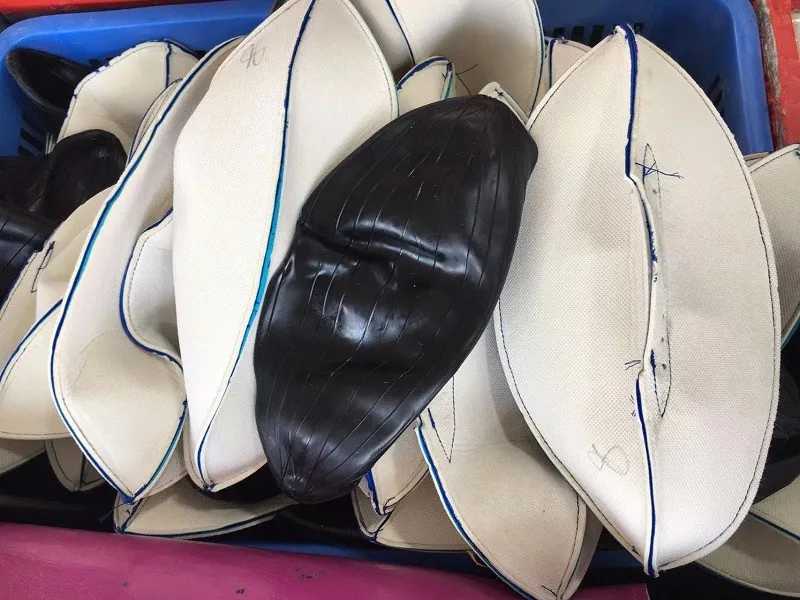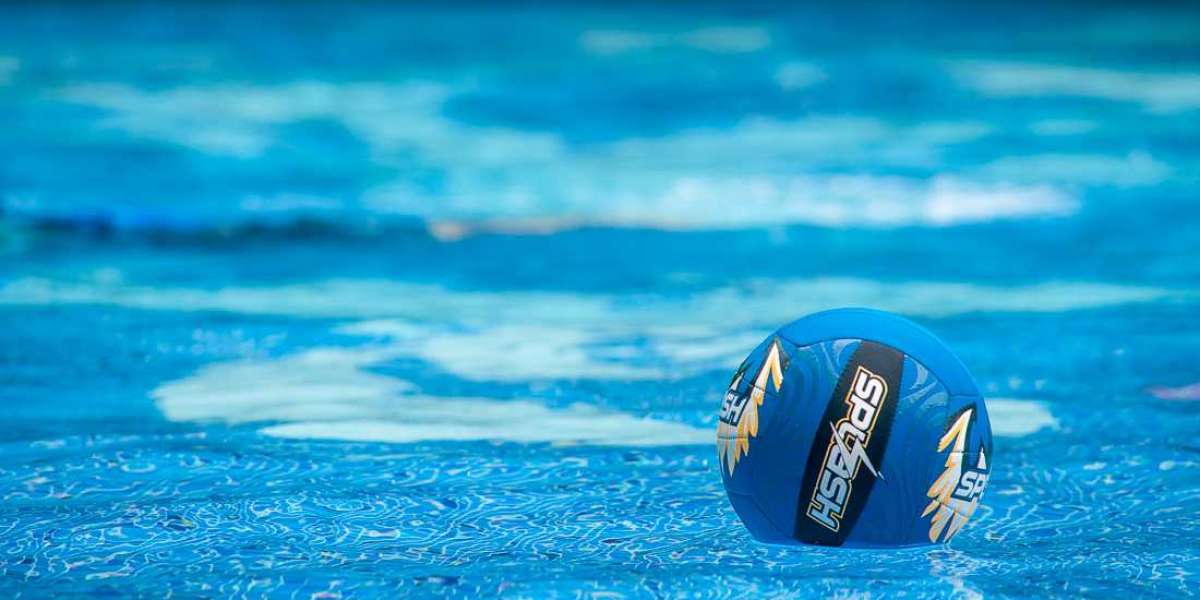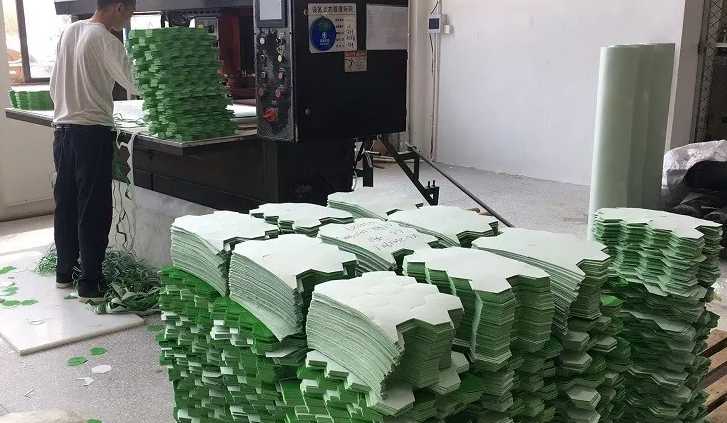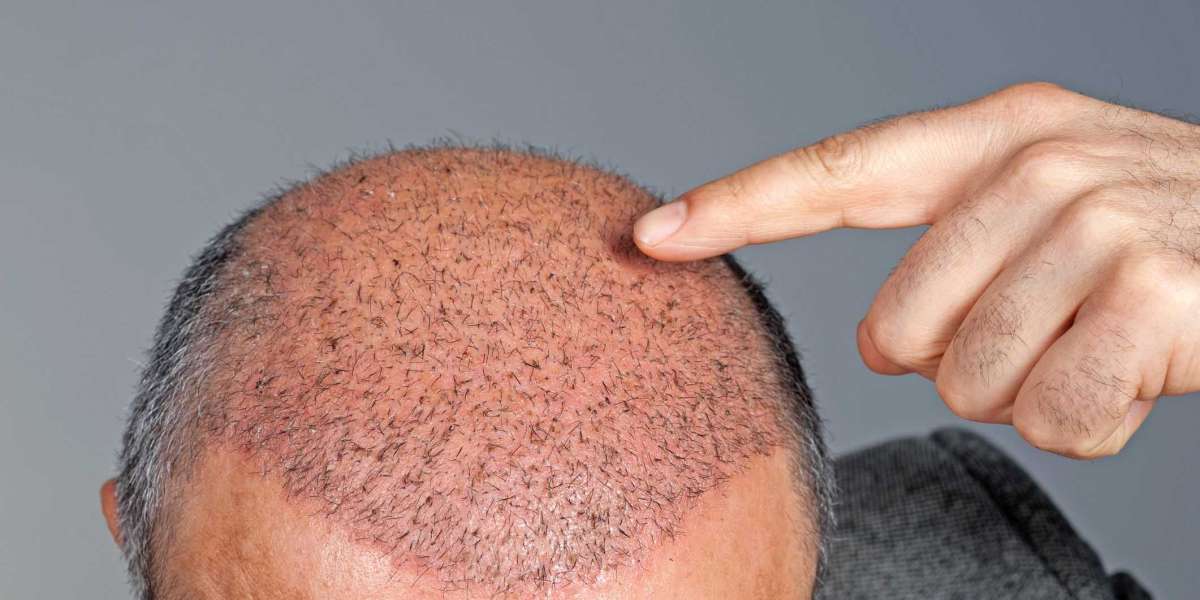Producing a neoprene beach ball involves a series of steps that combine material selection, cutting, assembly, shaping, and quality control. Here's a general overview of the manufacturing process:
1.Material Selection:
Choose high-quality neoprene material suitable for beach ball production. Neoprene is a durable, flexible, and waterproof material commonly used for water sports equipment. Ensure the neoprene selected meets the required thickness and density standards for beach ball manufacturing.
2.Pattern Design:
Create a pattern for the beach ball design. This pattern will determine the size and shape of the panels needed to construct the beach ball. Consider the desired size, number of panels, and seam allowance when designing the pattern.
3.Cutting:
Use the pattern to cut the neoprene material into individual panels. Precision cutting equipment, such as laser cutters or die-cutting machines, can be used to ensure accuracy and consistency in panel dimensions.
4.Panel Assembly:
Assemble the cut neoprene panels to form the beach ball's spherical shape. This typically involves stitching the panels together along their edges using a durable thread and sewing machine. Specialized sewing techniques may be employed to create strong, waterproof seams.
5.Shaping:
Once the panels are stitched together, the beach ball is turned inside out to hide the seams. The ball is then inflated to its desired size and shape. Adjustments may be made to ensure the ball is evenly inflated and maintains its spherical form.

6.Printing and Decoration:
If desired, the neoprene beach ball can be printed or decorated with designs, logos, or patterns using screen printing or heat transfer techniques. This step adds visual appeal to the beach ball and allows for customization according to customer preferences.
7.Quality Control:
Inspect the neoprene beach ball for any defects or irregularities in stitching, printing, or material quality. Test the ball for proper inflation, durability, and waterproofing. Any defective products should be identified and corrected or discarded to maintain quality standards.
8.Packaging:
Once quality control checks are completed, the neoprene beach balls are packaged for shipment or retail sale. Packaging materials should protect the beach balls from damage during transit and storage.
9.Distribution:
Distribute the packaged neoprene beach balls to retailers, wholesalers, or directly to customers. Ensure efficient logistics and shipping processes to deliver the products to their intended destinations on time.
10.Customer Service:
Provide excellent customer service and support to address any inquiries, issues, or feedback related to the neoprene beach balls. Offer warranties, returns, or replacements as needed to ensure customer satisfaction.
In summary, producing neoprene beach balls involves careful planning, precise manufacturing processes, and thorough quality control measures to create durable, attractive, and functional products suitable for recreational use.








